
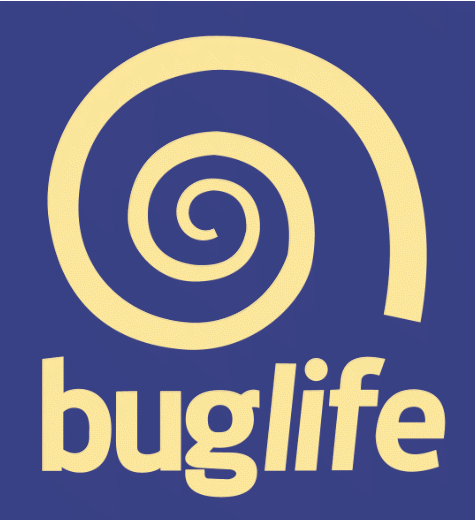
In association with
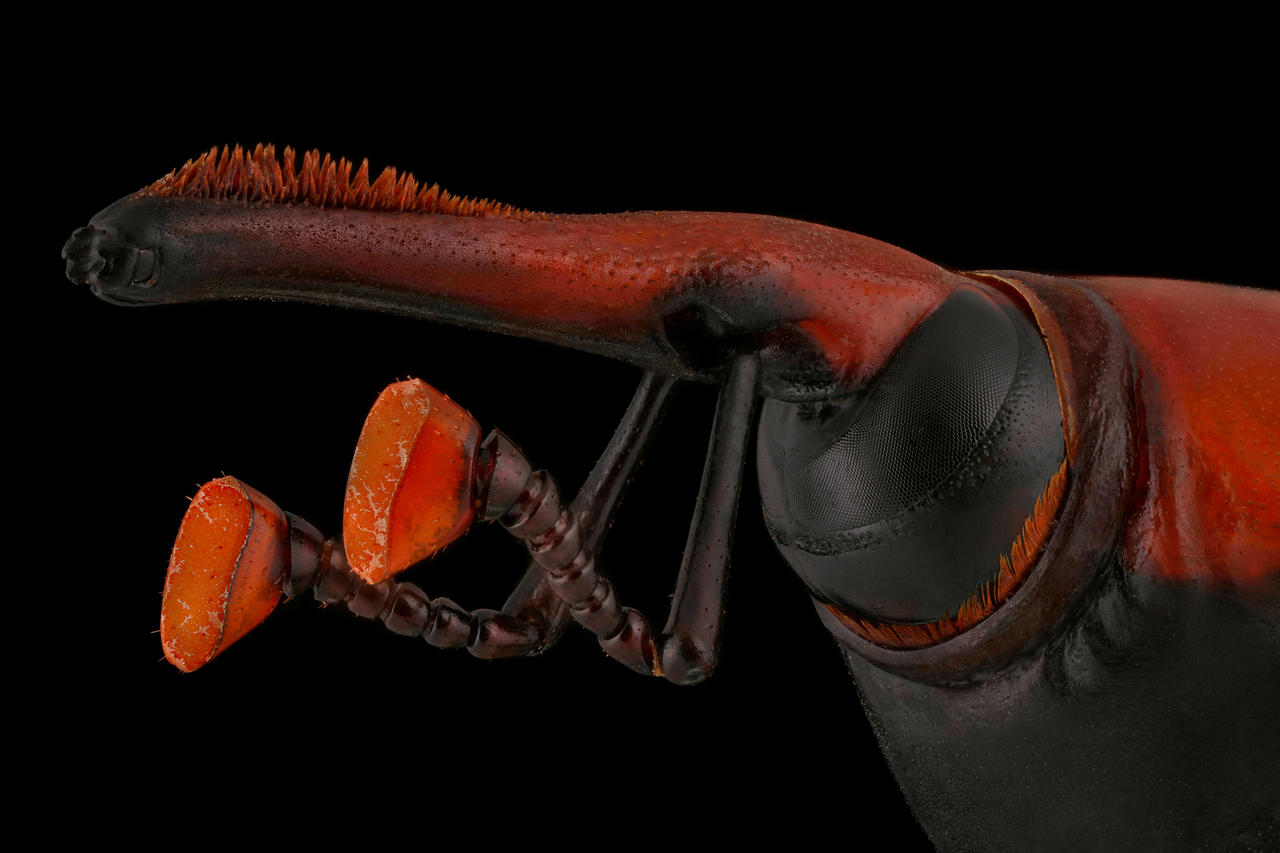
Winners announced!


In association with

You will only receive emails about the Bug Photography Awards and can unsubscribe at any time.
The 2021 Buglife Bug Photography Awards winners have been announced!
The overall quality of the entries has been EVEN better in this second year, and the judges have had an immensely difficult task to select the winners.
We’re delighted to announce that the Buglife Bug Photographer of the Year 2021 is Steve James from Northampton, UK. Steve has a technical mastery of the genre, and is a deserving winner. He wins a host of prizes including £2,500 cash.
Our Buglife Young Bug Photographer of the Year is 14-year old Alexis Tinker-Tsavalas from Berlin, Germany. Like Steve, his technical skills are outstanding, and he combines them with a beautifully clean aesthetic.
For this second edition of the awards we’ve been delighted to welcome Buglife on-board as our title partner, in support of their vital invertebrate conservation work.
And we’ve been proud to boast another stellar judging panel, and £21,000 of prizing to give away, including £5,000 in cash. We’d like to thank all of our sponsors for their support and the prizes they’ve put up this year.
The awards will be back for their 3rd year in 2022. To get all the news, you can sign up to our Bug Awards mailing list above.
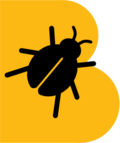
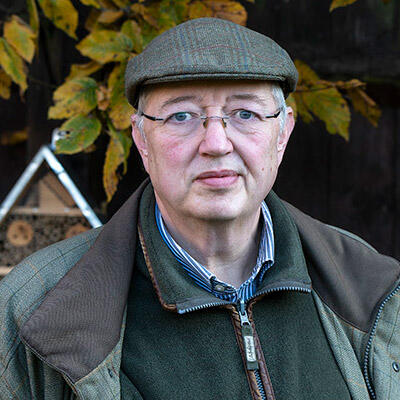
Steve is the grand prize winner of this second year of the awards, in recognition of the diverse and technically excellent studies that he produces of the insect life that he finds around his Northampton, UK home. He’s had a long-lasting love of photography, inspired by his father’s interest. He’s fascinated by the worlds “as alien as science fiction” that one uncovers in the most common of places, and he hopes that by portraying insects at large scale, humans will have more sympathy for them. He recommends anyone with an interest to plant up an area of their garden with native flowers, and he was amazed during lockdown to see how quickly the grass verges that were left to grow became full of insect life. He likens the experience of building a focus-stacked image on a screen, to that you’d get watching a print come to life in darkroom developing fluids.
Steve James
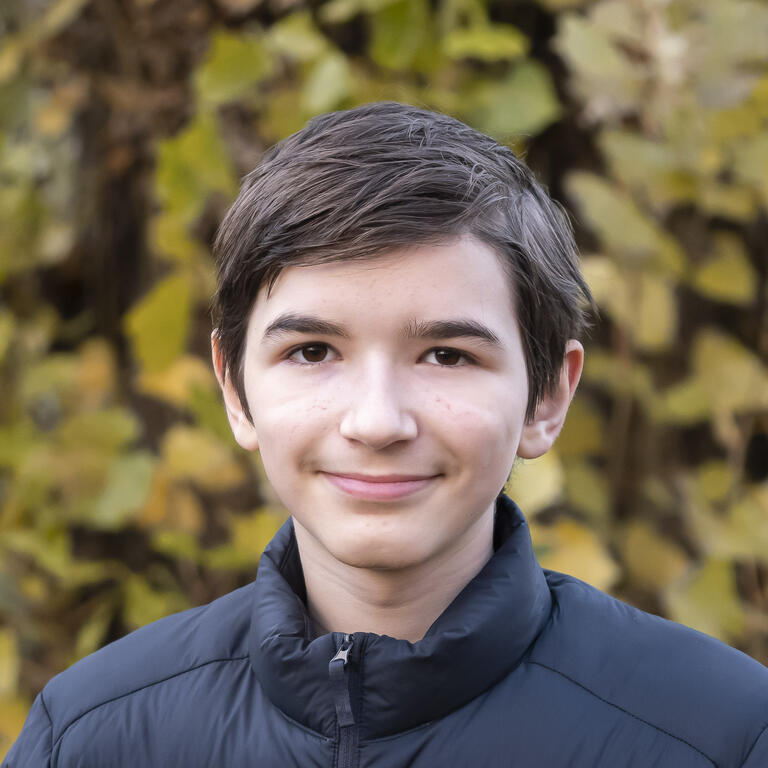
Alexis is 14 years old, is half Greek and half Canadian, and lives in Berlin, Germany. He got his first camera in 2017 and has been taking photos ever since. He says “I like that I can do macro photography anywhere and I don't have to go far away or to a special location to find interesting subjects. I got more seriously into macro photography in the initial lockdown in 2020 and spent a lot of time near my house looking for bugs.” He wins with this excellent shot of a Masked bee. His top tip is to use a flash and diffuser, to achieve nice even lighting.
See more of Alexis' images on Instagram
Alexis Tinker-Tsavalas
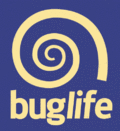
Entering the Luminar Bug Photography Awards will raise vital funds for Buglife - the only organisation in Europe devoted to the conservation of all invertebrates. Actively working to save Britain’s rarest little animals, everything from bees to beetles, worms to woodlice and jumping spiders to jellyfish.
Follow Buglife on
All images will be assessed by our prestigious panel of judges drawn from the worlds of photography, ecology, television and academia. Learn more >
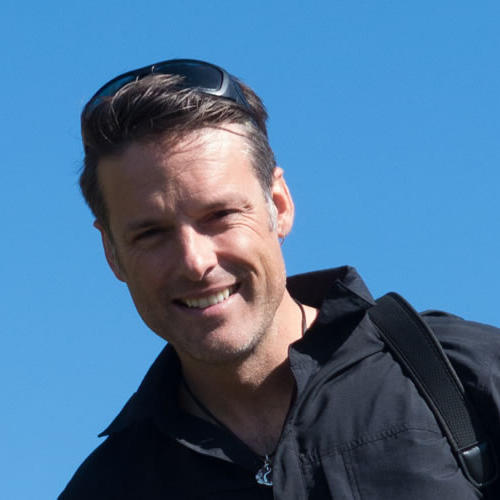
Nick is a passionate bug lover and naturalist, and has been Buglife’s Vice President since 2006.
Nick has presented many television shows. His presenting career took off with the BBC’s The Really Wild Show. In Nick Baker’s Under the Skin on BBC Two, he attempted to get under the skin of animals. He presented Twister and joined the presenting team of the science series, Tomorrow’s World. Other ventures have included co-presenting BBC Two’s Watch Out with Simon King; and Nick Baker’s Weird Creatures which has been regularly lampooned by Harry Hill’s TV Burp.
Recently Nick has been presenting Springwatch Unsprung and has also worked for Channel Five, the Discovery Channel and National Geographic.
Nick is a regular contributor to Radio 4’s The Natural History Programme and writes for publications including the BBC Wildlife Magazine, Wildlife Watch, RSPB’s Bird and Birdlife magazines, the Young Telegraph, the Bug Club magazine, Wild About Animals and FBX magazine. Nick has also written Baker’s Bug Book and the Natural History Almanac for the UK.
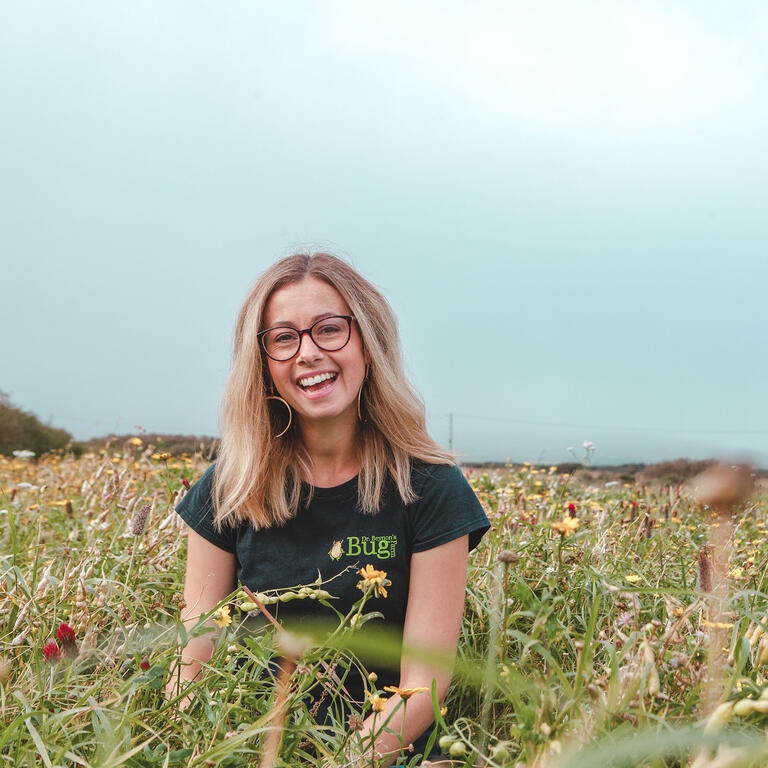
Dr Sarah Beynon is a conservationist, farmer and academic entomologist who also appears regularly on our television screens. Sarah is the founding director of Dr Beynon's Bug Farm (The Bug Farm) – a research and education centre, visitor attraction, farm and wildlife reserve focused on the sustainable future of food, farming and land management. Winner of the Royal Entomological Society's Wallace Award for her doctorate on dung beetles, Sarah’s own research focus is on beneficial invertebrates in farmland. However, more recently, her interest in farming insects for food led her and her husband Andy to launch Bug Farm Foods in 2017, where they innovate and produce a range of food made from farmed insects. Sarah and The Bug Farm have won a host of awards over the years including the Best Start-Up Business in the UK in 2016 followed by the Ethical Business of the Year for Wales in 2017. Sarah was subsequently named as one of Wales's emerging legends in the 2017 Wales - Year of Legends. Sarah won Plantlife's Meadow Maker of the Year for Wales in 2015 and the 2019 Royal Agricultural Society's Research Medal for her work and continues to research innovate and educate for a more sustainable future.
Twitter profile
thebugfarm.co.uk
bugfarmfoods.com
facebook.com/thebugfarmUK
instagram.com/thebugfarm
twitter.com/thebugfarmUK
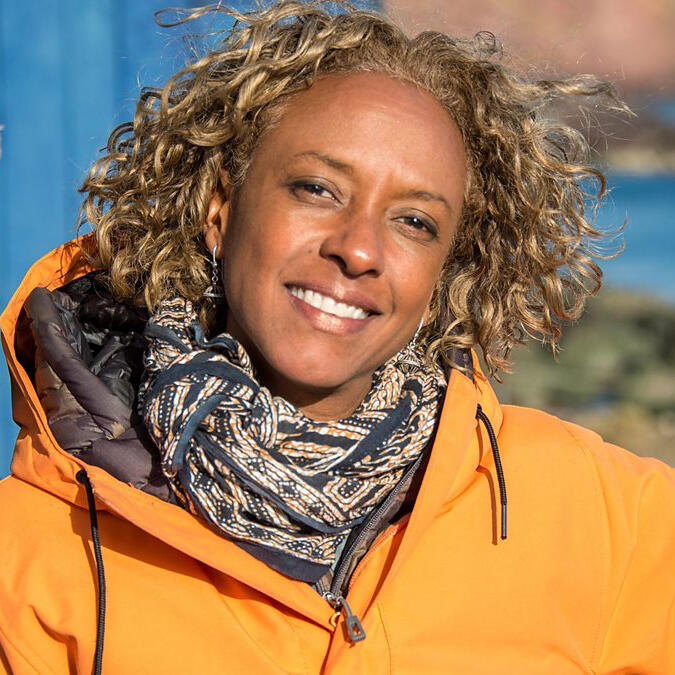
Gillian Burke is a natural history television programme producer, and has been a co-presenter of the BBC nature series Springwatch and its spin-offs since 2017.
She worked as a producer and director on several series for Animal Planet and the Discovery Channel, and as a voiceover artist, before becoming a regular presenter on Springwatch in 2017. As part of this role, she has also presented Autumnwatch and Winterwatch. In 2019, she hosted Nature’s Strangest Mysteries: Solved (Animal Planet), and in 2020 narrated Thailand’s Wild Side (National Geographic Channel).
Gillian was born in Kenya, and moved to Vienna aged ten. Her ancestry is Afro-Trinidadian, Seminole, Mauritian and Somalian; her mother was a journalist who worked with the United Nations. As a teenager, she developed an interest in wildlife through photography. She studied biology at Bristol University, and subsequently worked as a researcher for the BBC’s Natural History Unit. She now lives in Cornwall with her two children.
She is also an ambassador of the rainforest protection charity Cool Earth and a Vice President of the Wildlife Trusts.
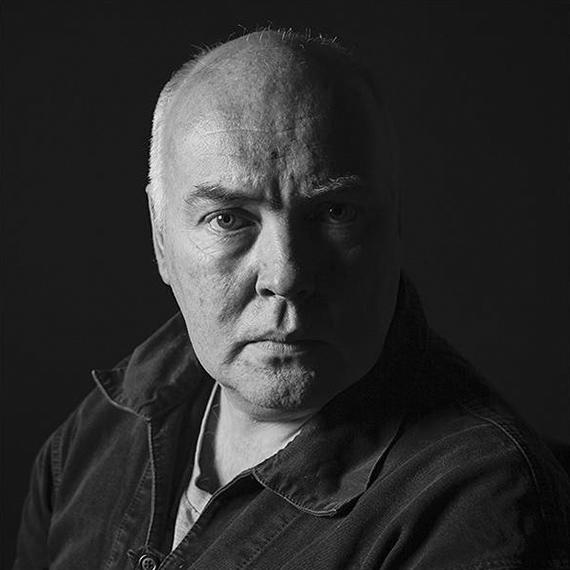
Chris is the Editor-in-Chief of Digital Camera magazine, and digitalcameraworld.com. He kicked off his photographic journey winning a Photographer of the Year competition sponsored by Woolworths when he was aged just 18... but he admits that was a very long time ago. He has since made a career of working on a number of different imaging magazines over the past 30 years. He has written a number of books, including The Book of Digital Photography, which has been translated into a dozen languages.
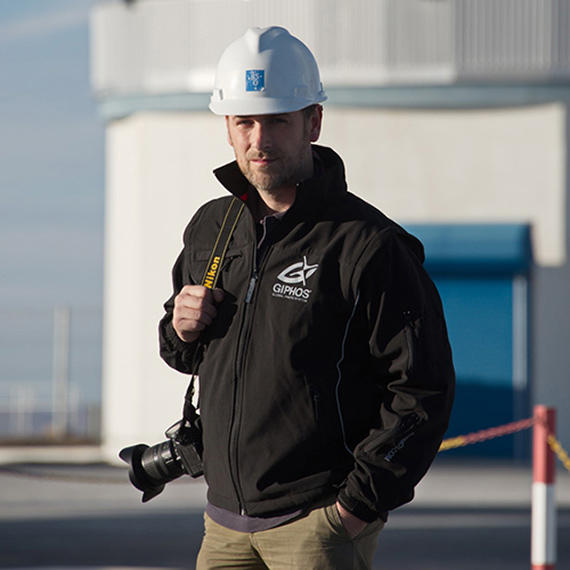
Alberto is a photographer who loves nature in all its forms and is constantly looking for the beauty of the world that surrounds us. From the most minute subjects to the immensity of the universe.
He is a Nikon Europe testimonial, Nikon School Master, and ESO Photo Ambassador. Born in Parma in Italy in 1975, he has created over sixty exhibitions and has received over seventy national and international awards. He runs workshops, courses, photo shoots and conferences all over the world.
Recognized as one of the best Italian photographers, he collaborates with various international photographic agencies; publishes photos and articles on numerous Italian and foreign newspapers both for the web and in print.
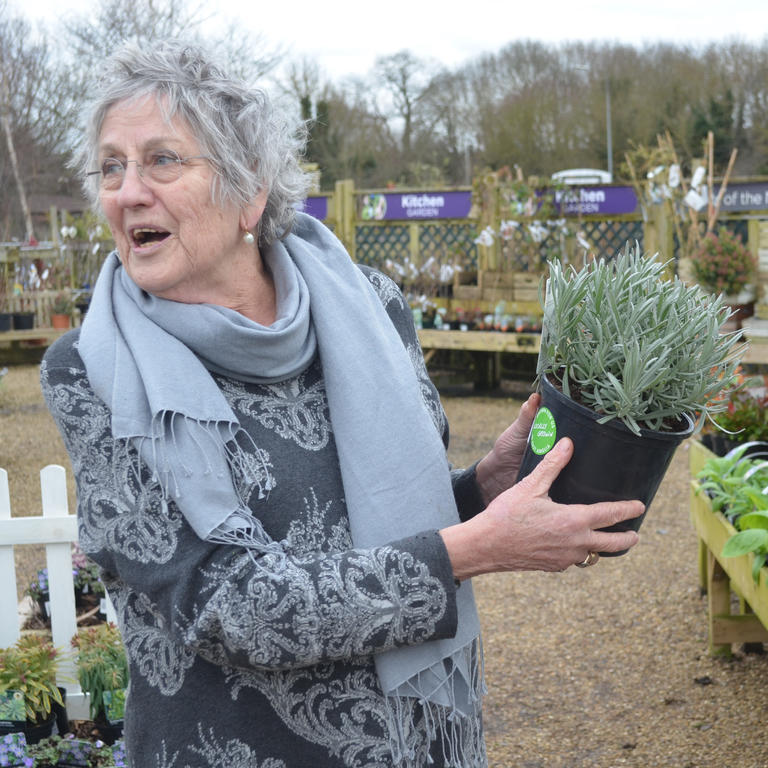
Born in Melbourne, Germaine is an Australian theorist, academic and journalist, and is regarded as having been a major feminist voice of the mid-20th century.
Germaine is the President of Buglife, and an active one, attending many events on their behalf, from opening their new Head Office in Peterborough to high profile events like the State of Nature launch. She has written passionately about the restoration of an Australian rainforest in south-east Queensland.
Educated at the University of Melbourne, University of Sydney and University of Cambridge, her honorary roles include emeritus professor in English Literature and Comparative Studies at the University of Warwick.
Germaine’s ideas have created controversy ever since her book The Female Eunuch became an international best-seller in 1970, bringing her both adulation and opposition. She is also the author of many other books including Sex and Destiny: The Politics of Human Fertility (1984); The Change: Women, Ageing and the Menopause (1991); Shakespeare’s Wife (2007); and The Whole Woman (1999); White Beech: The Rainforest Years (due 2015).
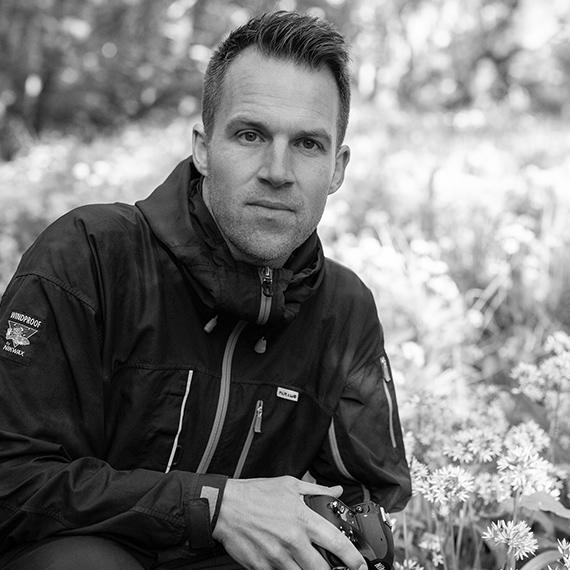
Ross Hoddinott is one of the UK’s best-known landscape and nature photographers. He is the author of several best-selling photography books, including Digital Macro & Close-up Photography, The Landscape Photography Workshop, and 52 Assignments: Landscape Photography. He is a regular contributor to the photo press and has written hundreds of articles.
Ross has been working professionally since his late teens, and his clients include BOSE, Kew Gardens, Petronas and The National Trust. Together with Mark Bauer, he runs Dawn 2 Dusk Photography, who specialise in landscape photography workshops. Ross is a multi-award-winning photographer, a Nikon Alumni, a LEE Filters Master, and an Ambassador for Manfrotto.
Ross is passionate about nature and conservation. He lives in North Cornwall with his wife Felicity and three children.
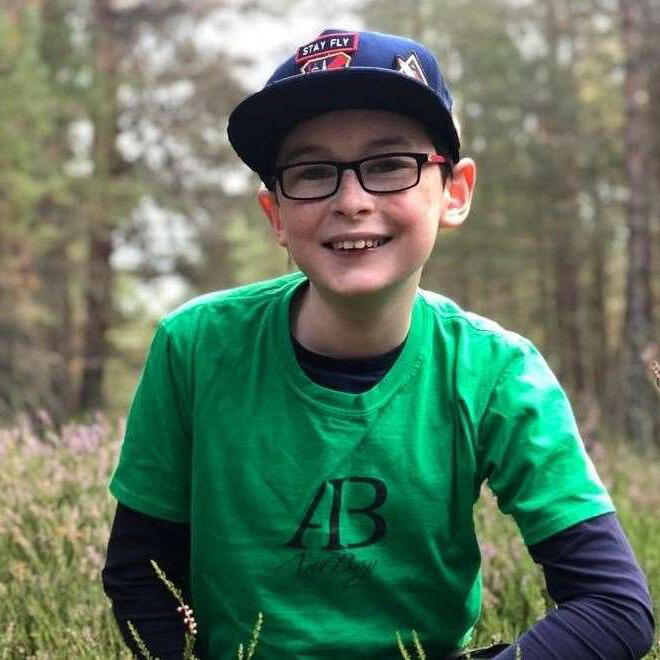
Xander, AKA "Antboy", is a mad-about-nature teenager, in particular the little guys, INSECTS! He lives in the Cairngorms National Park and in 2016 was crowned the Cairngorms Nature Young Ambassador.
He is part of a team of volunteers who are doing what they can to conserver some of the rarest and most endangered insects in the Cairngorm National Park. In Nov 2018 he was also crowned the RSPB Scotland Young Nature Champion for conservation work in and around the Cairngorms National Park. He appeared on BBC Countryfile in Dec 2018 to talk about the plight of the Pine Hoverfly.
In September 2020 he was awarded the Keep Scotland Beautiful young reporter award and in November 2020 he was awarded the NDN young person award.

An Industrial Designer and Macro Photographer from South Florida who has lived all over the world, Andres has always had a passion for creating and developing products. By always turning to nature for his inspiration, he developed a love for insects and macro photography.
From Asia, Europe, and North America to the rainforests of Central and South America, Andres has explored the secret worlds that lay within our planet, photographing endemic and endangered species of arthropods and amphibians, sharing their unique beauty and helping conscientize society on the importance they play on our day to day lives. He has made macro photography a journey of learning and discovery.
Andres' macro photography work has been published by the BBC, NHK World Japan, Societas Entomologica, numerous entomology books, galleries, and multiple online publications. In 2019, the website Fstoppers worked with Andres to develop a full-blown Macro tutorial after his collaboration videos about macro photography reached over a million views.
Instagram profile
Facebook profile
Flickr profile
andresmoline.com
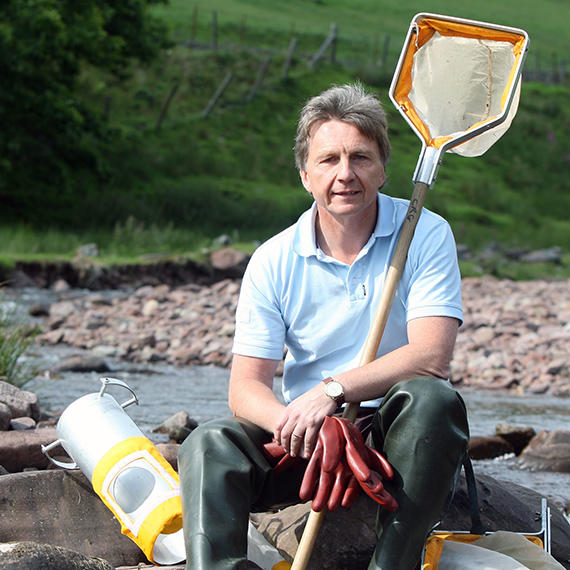
Steve is a leading invertebrate conservation scientist based at Cardiff University, and an authority on the conservation of freshwater invertebrates. He has had extensive experience on committees and boards of public bodies and NGOs, including recently being the Chair of the RSPB. Steve is currently the Chair of Trustees for Buglife.
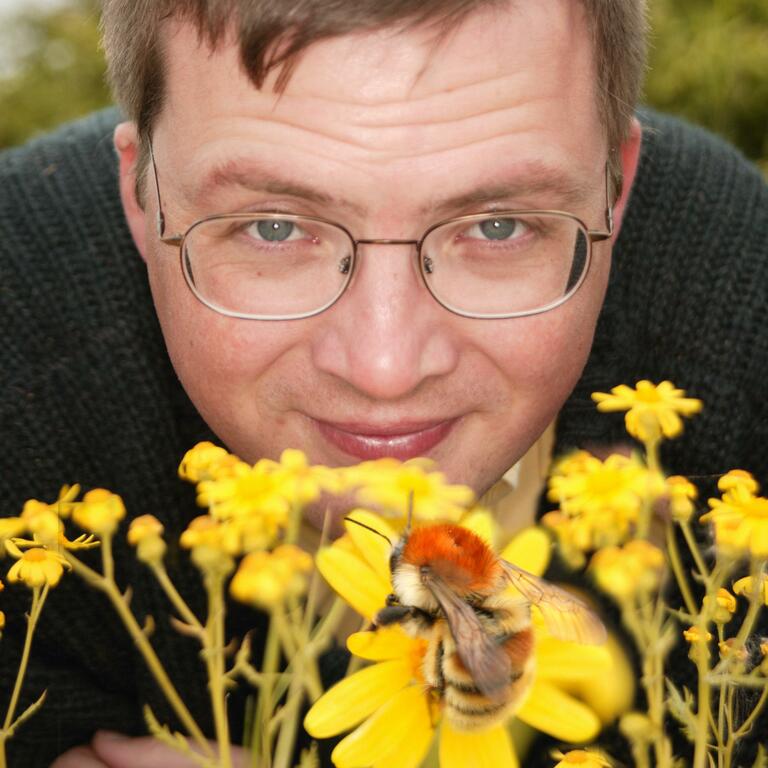
Matt is the Chief Executive of Buglife whom he joined in 2002 as the charities first ever employee. His tenure has seen Buglife grow from first concept to the effective international conservation organisation it is today.
He has a Masters from the University of East Anglia and worked previously for the RSPB as a Biodiversity Ecologist.
Matt has published many papers on invertebrates and the impact that humans have on them. He is a Board Member of the Broads Authority and a BBC Rural Affairs panel member.
Enter for your chance of winning the title of Bug Photographer of the Year 2021 and other fantastic prizes brought to you by our amazing sponsors. Learn more about our sponsors >
If you are interested in being a sponsor of the Bug Photography Awards 2021, please email bugs@photocrowd.com
There are 9 subject categories:
• Arachnids
• Beetles
• Dragonflies and Mayflies
• Flies, Bees, Ants and Wasps
• Butterflies and Moths
• Snails and Slugs
• All The Other Bugs
• Extreme Close-up
• Bug Homes
In addition, photographers who’ll be 13-17 years old on 5th September 2021 can also enter the Young Bug Photographer contest.
Reading the detailed brief for each category should make it clear where to enter your images, but if you need clarification because you don't see a species listed then email the name of the species in your image to support@photocrowd.com. Unfortunately we're not able to help you identify the species in your images.
Photographers of any age and nationality can enter the 9 main subject categories.
The Young Bug Photographer contest is only open to those who’ll be 13-17 years old on 5th September 2021.
Any entrant under 18 on the date when they enter must gain the permission of a parent or guardian to enter the competition. People under the age of 13 are not permitted to register on the Photocrowd platform and therefore unfortunately are not able to enter the Bug Photography Awards.
The opening date of the competition is 11th May 2021.
The closing date for entries is midnight (UTC) on 5th September 2021.
The shortlisted images will be announced on the 11th November 2021. Category winners, the Young Bug Photographer of the Year, and the grand prize winner (the Bug Photographer of the Year) will all be announced on 25th November 2021.
All photographers can enter up to 8 images in each of the 9 categories.
Those eligible to enter the Young Bug Photographer contest can enter an additional 8 images into this category.
The cost is based on the number of images you want to enter. Entries are bought in advance and can then be used at any time before midnight (UTC) on 5th September 2021. The following entry bundles are available, and entries can be used across any of the 9 main categories:
1 image - £6 (£6 per image)
8 images - £24 (£3 per image)
24 images - £42 (£1.75 per image)
48 images - £60 (£1.25 per image)
72 images - £72 (£1 per image)
A discount on the price of entry bundles of 10%, 20% or 30% is available for Photocrowd Challenger, Pro or Master subscribers, respectively. Find out more about Photocrowd subscriptions here.
Multiple bundles can be purchased (eg. 3 x 1 image bundles = 3 total entries) but the maximum number of entries that can be made across all 9 main categories is 72 (8 images per category).
The Young Bug Photographer Award is free to enter.
The grand prize and title of Bug Photographer of the Year will be awarded to one photographer. In deciding which photographer this will be, the judges will consider up to 5 of the images that each photographer has entered into the awards. These 5 images will be chosen for consideration based on their performance within the categories they were entered into, with the most successful images from each photographer being considered.
The title of Young Bug Photographer of the Year will be awarded to the photographer whose single image wins the Young Bug Photographer category. Eligible photographers can enter up to 6 images into this category, and whilst the title will be awarded on the basis of a single image, where a photographer has submitted other high quality images, this may be taken into consideration by the judging panel.
The welfare of the creatures in any images submitted to the awards is of great importance to us, our partners and our judges.
For that reason, any methods of stilling insects that involve freezing, chemically spraying, pinning or killing them for the purposes of taking an image are not permitted in these awards.
It is recognised that creatures die of other causes in nature, and in the past have also been collected and kept in the name of science. So images of dead creatures are not therefore excluded. However if we suspect that a creature may have come to harm, we will ask for some more detail around how a shot was taken, and how the creature was interacted with.
Images of bugs that have been very obviously staged, and show the creatures posed or interacting in ways that would not ordinarily be seen in nature will not be considered by the judging panel.
Our expert judge Ross Hoddinott has written a thought-provoking piece on this subject, which is well worth a read here
Images should be saved as jpegs at the highest quality available, with a colour profile attached. Either the RGB or sRGB colour profiles are recommended. Digital scans from film are also eligible providing they meet these technical guidelines.
It is strongly advised that you upload the largest file size that you have available. Images will be viewed at 100% by the judges, and larger file sizes will therefore be at an advantage. Whilst no image sizes will be rejected at upload, winning images may be required to be printed, and so must be of sufficient quality to allow this. As a minimum it is advised that images measure at least 2,500 pixels on the shortest side after any cropping. Where images submitted are smaller than this, it will be assumed that this is the largest image size available to the photographer, and will affect that image’s chances of winning.
There are Photoshop and other image software tutorials online that show you how to best resize an image.
We advise photographers to include as detailed a description as possible of their work during the upload process, including (when known) the name of the creatures. This is a great way to tell a story or other interesting facts about your image, and the judges will be able to read this while rating to give them insight into the creature and how you took the shot.
It is also advised to include a title for all submitted images, and these titles will be presented alongside winning images on the Awards website and in press releases and elsewhere.
We would advise all entrants to add copyright information in the metadata of all submissions.
Images exhibiting watermarks, copyright or authorship information or other information overlaid over the image will not be considered by the judging panel.
Critical to the integrity of the awards is that entries must not deceive the viewer or attempt to disguise or misrepresent the reality of nature.
Therefore there are some restrictions on the use of digital manipulation of submitted images.
Images submitted to the Bug Photography Awards must essentially show the scene and subjects as they were shot. They must not combine multiple different elements in one shot.
Focus stacking and similar techniques necessarily require the combining of multiple images, and this is allowed. However images of fundamentally different subjects or backgrounds that have been brought together into one image are not allowed.
Examples of this would be:
- multiple different creatures shot separately then combined into one image to give the appearance that they were in the same place at the same time
- creatures being cloned out of the background they were shot against and dropped into different backgrounds (unless the backgrounds were very similar, or of no consequence to the overall effect of the image)
Photographers may make reasonable use of digital darkroom techniques which enhance quality but do not distort the photograph. Major alterations should be avoided, although the cloning out/removal of elements in an image is allowed, so long as this does not fundamentally change the likely interpretation of the behaviour, environment or appearance of the creature in the image.
Adjustment to levels, curves, colour balance, colour saturation, dodging and burning, selective adjustments using layers and blemish and dust spot removal are all examples of acceptable manipulation.
You may crop your image in the interests of composition, correcting horizons, etc. but your cropped image must be at least 2,500 pixels on the shortest side as we will ask for files at least this size should your image win and be selected for any printed material or exhibition coming out of the awards.
Excessive sharpening, noise reduction and color saturation techniques should be avoided. We appreciate that entrants will attempt to prepare their entries to optimise appearance and appeal on screen, and this may include these techniques.
Excessive use of any or all of them can result in an entry that will be unsuitable for printed media and therefore become invalid as a result.
A copy of the original camera file and a screengrab of your indexing software showing other images from the same shoot may be requested for all images that are included in the shortlist for each category. We reserve the right to eliminate entries where such a request is ignored or where it is suspected that the rules have been infringed.
Yes, the same image can be entered into multiple categories, if you consider that it fits the brief for each category you enter it into.
Each entry to a category counts as one entry, for the purposes of payment.
Each photographer can enter the awards once, using one Photocrowd account. More than one image bundle can be purchased, but there is a maximum of 72 images that can be entered by each photographer – 8 into each of the 9 main categories.
There is no rule regarding how recently an image must have been taken.
No images that were shortlisted or won a prize in the Bug Photography Awards 2020 can be entered into the Bug Photography Awards 2021. Images that were not shortlisted in 2020 can be re-entered in 2021 if the photographer wishes to do so.
If the awards are still open for entries then at any time you can remove an entered image and enter a different one in its place. Once the deadline for entries has passed, and judging is underway, images cannot be removed or swapped out for other images.
Yes, there’s a simple signup process to register on Photocrowd, which will then give you full access to the Bug Photography Awards.
No, the Bug Photography Awards is an international competition and you may enter photographs taken anywhere in the world.
Photographs of any species of invertebrate taken anywhere in the world are eligible for entry. The subject categorisation is intended to cover all possible invertebrates. If you are unsure of which category you should submit your entries to, or wish to make recommendations or ask questions regarding category definitions, please email support@photocrowd.com and we’ll respond as soon as possible.
There is no restriction on entering images that have previously won other awards. This rule will continue to be reviewed in future editions of the Bug Photography Awards.
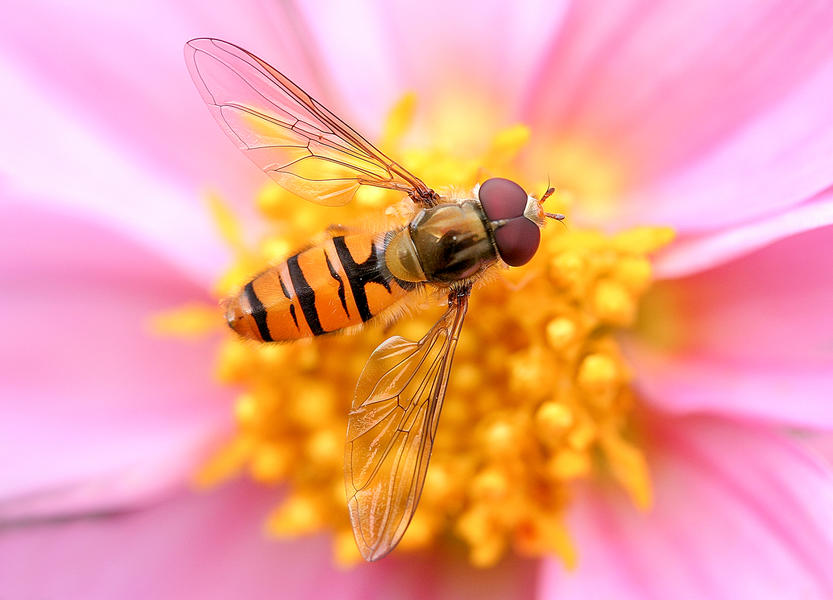
© tony
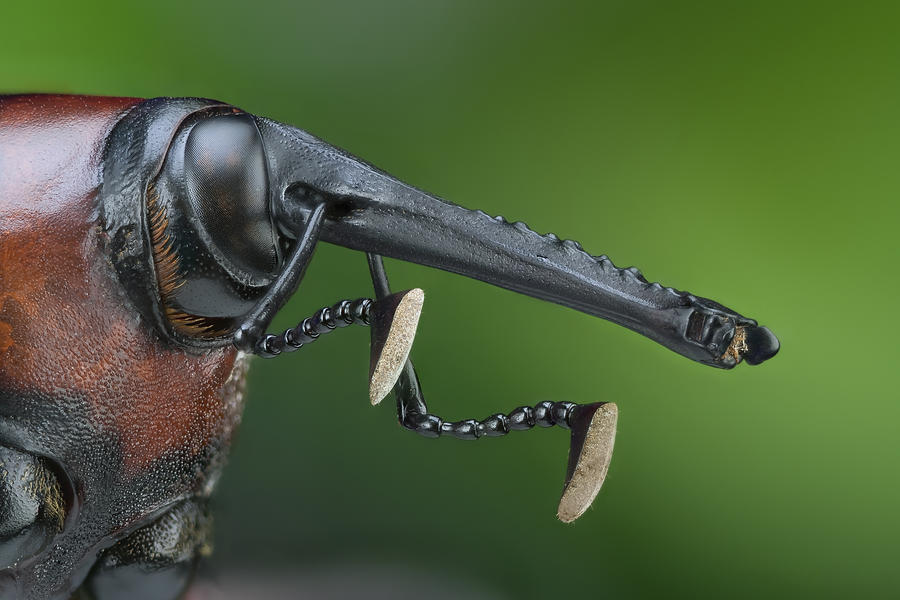
© quenoteam
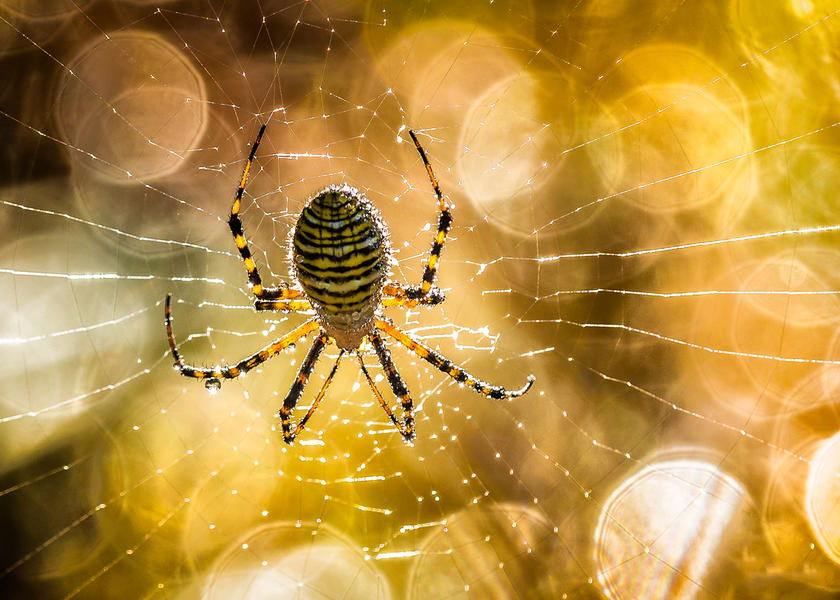
© Kevin Childress
The Bug Photography Awards are promoted by Photocrowd Ltd and hosted on Photocrowd.com, and Photocrowd’s Terms and Conditions and Privacy Policy apply.
In addition please note the following in relation to these awards:
The competition is global and open to people of all ages and nationalities.
Any entrant under 18 when they enter the competition must gain the permission of a parent or guardian to do so. People under the age of 13 are not permitted to register on the Photocrowd platform.
It is the responsibility of each entrant (or the entrant's parent or guardian) to ensure that they have read and will abide by these rules and Photocrowd’s terms and conditions. By submitting an entry, each entrant (or the entrant's parent or guardian) agrees to these rules, that their entry complies with these rules, and that they will be liable to the Promoter and their licensees in respect of any damages or losses incurred as a breach of the rules.
The Young Bug Photographer contest is only open to persons aged 13-17 on the date of closure of the competition on 5th September 2021. Entrants aged 13-17 are also eligible to enter the main categories of the competition (standard entry charges will apply).
Employees or agents of Photocrowd, their families or other persons connected with this promotion (excluding the sponsors) are not eligible to enter.
Proof of eligibility must be provided upon request. Use of a false name or other false details will result in disqualification.
2.1 All entries must be submitted via the Photocrowd online platform. No entries will be accepted by email or post.
2.2 It is imperative that images submitted to the Bug Photography Awards do not feature creatures who have come to harm at the hands of the photographer.
By submitting an image to the awards you confirm that any creatures in those images were interacted with during the image making process in a way that treated them respectfully and did not result in them experiencing distress, injury or death.
Methods of stilling insects that involve freezing, chemically spraying, pinning or killing them for the purposes of taking an image are not permitted in submitted images for the awards.
It is recognised that creatures die of other causes in nature, and in the past have also been collected and kept in the name of science. Images of dead creatures are not therefore excluded from entry to the Bug Photography Awards.
Any images of creatures must also be in conformance with any existing legislation regarding permitted or forbidden interaction with that species or its habitat.
With these policies in mind, we reserve the right to ask for further information from the photographer about their photographic methods and the state of the creature before, during and after the shot was taken.
2.3 There are some restrictions on the use of digital manipulation of submitted images.
Images submitted to the Bug Photography Awards must essentially show the scene and subjects as they were shot. They must not combine multiple different elements in one shot.
Focus stacking and similar techniques necessarily require the combining of multiple images, and this is allowed. However images of fundamentally different subjects or backgrounds that have been brought together into one image are not allowed.
Examples of this would be:
- Multiple different creatures shot separately then combined into one image to give the appearance that they were in the same place at the same time
- Creatures being cloned out of the background they were shot against and dropped into different backgrounds (unless the backgrounds were very similar, or of no consequence to the overall effect of the image)
Photographers may make reasonable use of digital darkroom techniques which enhance quality but do not distort the photograph. Major alterations should be avoided, although the cloning out/removal of elements in an image is allowed, so long as this does not fundamentally change the likely interpretation of the behaviour of the creature in the image.
Adjustment to levels, curves, colour balance, colour saturation, dodging and burning, selective adjustments using layers and blemish and dust spot removal are all examples of acceptable manipulation.
You may crop your images in the interests of composition, correcting horizons, etc. But remember, your cropped image must be at least 2,500 pixels on the shortest side as we will ask for files at least this size should your image/s win and be selected for any printed material or exhibition coming out of the awards.
Any changes to the original Photograph not itemised here are unacceptable and will render the Photograph ineligible for a prize.
2.4 The Promoter reserves the right to request from the entrant a copy of the original camera file and a screengrab of their editing software showing other images from the same shoot, and to eliminate entries where such a request is ignored or where it is suspected that the rules have been infringed.
The Promoter reserves the right, in their sole discretion, to disqualify or remove any entry that does not comply with the rules or the spirit of the awards, at any stage of the awards.
Please refer to the prizing section on this website for details of prizes.
Once the entry period has closed, the panel of judges will convene to determine the category winners, shortlisted images, the Young Bug Photographer of the Year and the grand prize winner (Bug Photographer of the Year).
The shortlisted images will be announced on the 11th November 2021. Category winners, the Young Bug Photographer of the Year, and the grand prize winner (the Bug Photographer of the Year) will all be announced on 25th November 2021.
Please refer to the Judges section for more information on the Judges. The Judges’ decisions are final and binding in all matters and no correspondence will be entered into regarding the decisions.
All imagery MUST be the exclusive work of the submitting photographer and may not include any element that is the copyright of another. The Copyright for each image entered will remain with the submitting photographer. By entering the Bug Photography Awards and submitting your photograph(s), you hereby grant Photocrowd Ltd, Buglife and the awards sponsors a non-exclusive, irrevocable license to use your photograph(s) for any purpose connected with the Bug Photography Awards, including (but not limited to), promoting the Awards within printed and online media, the inclusion within printed and digital versions of any Awards book, the inclusion within printed and digital versions of any Awards calendar or other merchandise, display at exhibitions, use in press, promotional and marketing materials, social media networks and for the promotion of any future photographic competition in both print and online media.
You agree to participate in related publicity and to the use of Your name and likeness for the purposes of advertising, promotion and publicity without additional compensation.
Photocrowd is excluded from liability for any loss, damage or injury which might occur to any of the winners arising from their acceptance of the prizes. Entrants indemnify Photocrowd for all liabilities, including legal costs, in relation to any action or complaint taken by any third party against Photocrowd in relation to the entrant’s photograph(s).
Photocrowd reserves the right to cancel the Big photography Awards, in which case any entry fees paid will be refunded.
Photocrowd reserves the right to amend these Terms and Conditions. These Terms and Conditions shall be governed by English law. When a photograph is submitted and the entry date has passed, the entry cannot be changed or withdrawn. No refunds will be given. Entry to the Awards shall be deemed full and unconditional acceptance of the terms & conditions.
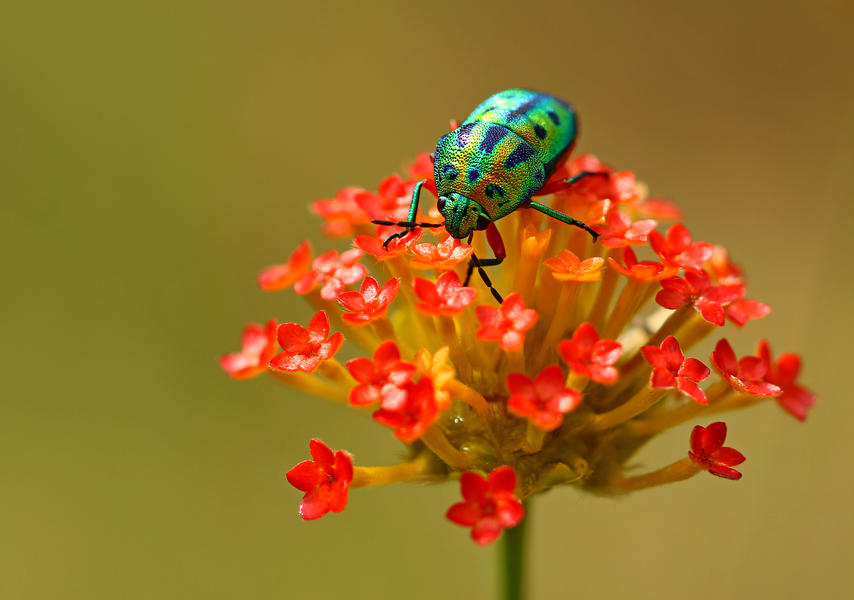
© SJG
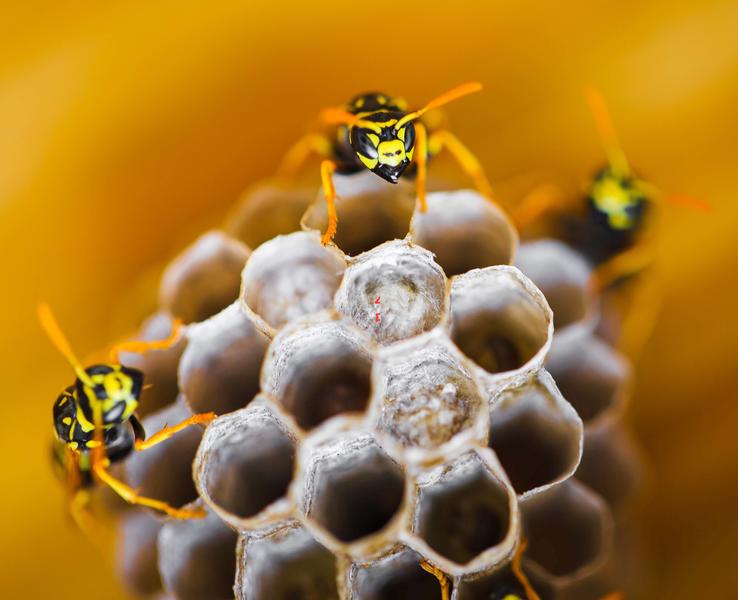
© Marcellus Kibby II
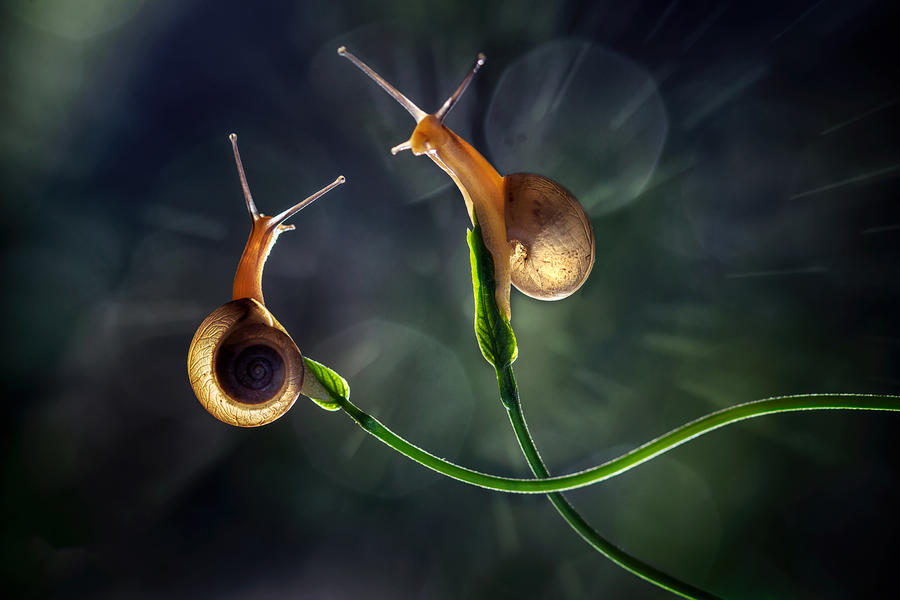
© Yulianto Pongge
To be sent the press release announcing the 2021 winning photographers, and to be added to future press releases about the Bug Photography Awards, email bugs@photocrowd.com.
– – –
The Luminar Bug Photography Awards were launched in 2020, with a £23,000 prize fund and a prestigious panel of judges.
The awards showcase the best invertebrates photography from around the world, and raise vital funds for our conservation partner, Buglife.
A hugely successful first year saw over 5,000 images entered, and an extremely high quality across all 11 categories. The awards will run on an annual basis, and are already established as the premier awards for invertebrate photography.
